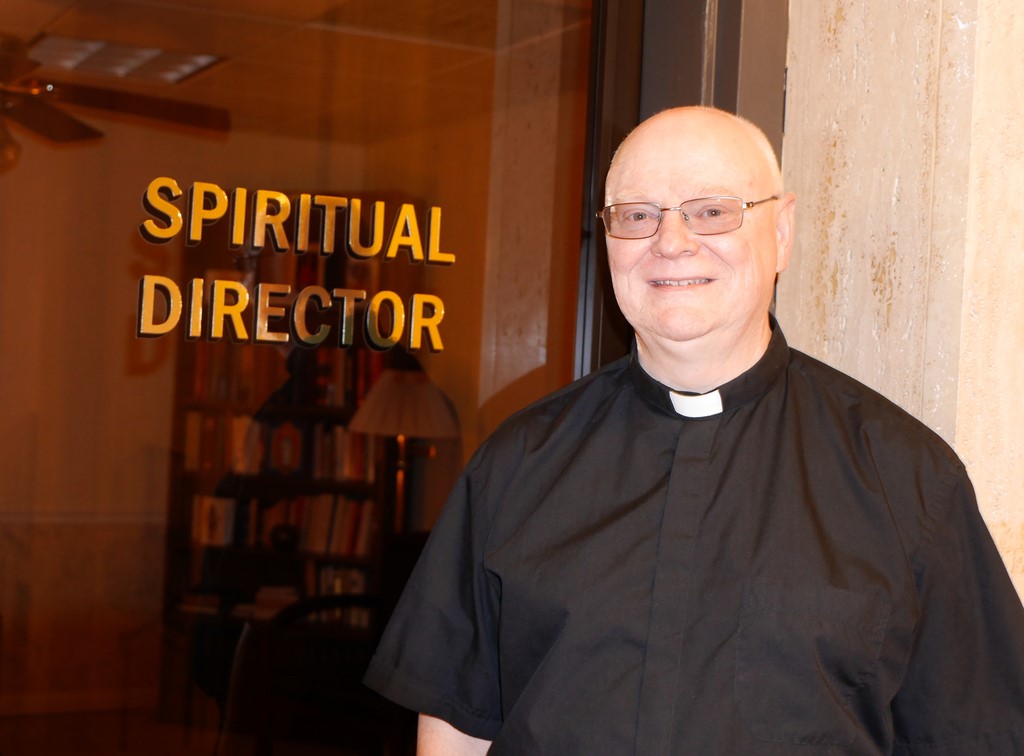|
"The Spirit Of Life" On June 29th, Lytton, B.C., recorded the highest temperature ever recorded in Canada at 49.6 C. The next day it suddenly caught fire, burning to the ground in a few, short hours, displacing with little notice over 300 residents, even killing 2.
As of July 2nd, the B. C. Wildfire Service reports 123 forest fires burning across the province. Strong winds, lightning strikes and dry conditions have combined with the extreme temperatures, adding to the intensity of the flaming furnace. Fire is the fourth element in our examination of the four critical elements of God’s creation, together with earth, water, and air. Like our indigenous brothers and sisters, we, too, celebrate and thank our Creator for the magnificient world he has given us. And ‘fire’ is indeed critical to our lives. We could not live without fire. All creation could not live without fire despite its volatility. John O’Donohue, whom we are referencing for our four-part homily journey, tells us in his book, ‘The Four Elements’: “Fire has a life of its own. It is the ultra-living element. A fire is never still. It is constantly changing shape, dancing and rising. Fire has a frightening spontaneity. There is hardly any other force in the universe which can generate itself so quickly. There is so little distance between the spark and the raging furnace. If the spark can take hold at all, the material is [engulfed in flames]; within minutes what was an ordinary sequence of objects in a definite place has become a raging inferno.” John says, “All the matter in the universe was born in [burning] violence. Hydrogen and helium emerged from the intense heat of the Big Bang 15 billion yrs ago. More complex atoms of carbon, oxygen, calcium, iron, out of which we are made, had their origins in the burning depths of the stars. … Though infinitely distant from us, the same matter which burns in the stars [burns] in us.” More incredible is that this happened within seconds. What was smaller than a dime, became a universe. While the fire of the sun is above us, underneath us our planet’s core is alive with fire. We are reminded when molten lava bursts through the surface of earth’s crust in a volcanic eruption, reminiscent of the fires of hell burning in the underworld. Fire above the earth, in the earth, and upon the earth which we attempt to bring into the hearths of our homes for cooking and warmth; try to capture and control in generators for a society dependant upon electricity. Yet, we have all learned fire is not to be taken lightly. Water, air and earth can all be manipulated by its radiation. But from a spiritual view, it is the metaphors for God which reference the sun and fire which have moved human beings most. The sun always represented God to primitive humans. Then, in the OT God appeared in the burning bush and the Holy Spirit in the pillar of fire, … but at a distance. Like the necessary distance between us and the nourishing, physical sun, Moses and the Israelites were nourished by, yet protected from the powerful, overwhelming force of God. Later, in the NT on Pentecost, the Holy Spirit descended upon those in the upper room as tongues of flame. O’Donohue says this event “is an indication that the Holy Spirit is the secret hearth where all Eros [or Love] is kindled [in the world].” But what of the fire within us; fire, the symbol of renewal, cleansing and purging souls like the farmer burns chaff off his field? John says, “[The Legendary German theologian,] Meister Eckhardt identified a place within the soul which neither time, flesh nor space can touch. This sacred temple is in every heart. He believed this to be the Vunklein, the simple, divine spark within us. In that spark [our] own essence and the essence of God are the one brightness. … the passion at the heart of the human is indeed divine. … This is why Christian teaching on the Holy Spirit is so profound. The warmth and fire in the human heart is [indeed] of the Holy Spirit.” But like all things, Fire can be used positively or negatively. It has been used to hurt and kill like the cruel flame-throwers in Vietnam, or in sadness, grief, and protest like the church burnings set in response to the Reservation School tragedies. We must use this Holy Spirit in our hearts to warm the hearts of others, to strike a spark of faith in God which will set hearts ablaze with hope, happiness and love. May the Force of God and Holy Fire be with us and our Indigenous friends always. – Rev Fr Christopher Tracey, Saint Joseph Parish, Saugeen Shores, Ontario
0 Comments
Your comment will be posted after it is approved.
Leave a Reply. |
Father's Blog
Rev. Fr. Christopher Tracey
St. Joseph Parish Pastor Archives
January 2022
|
